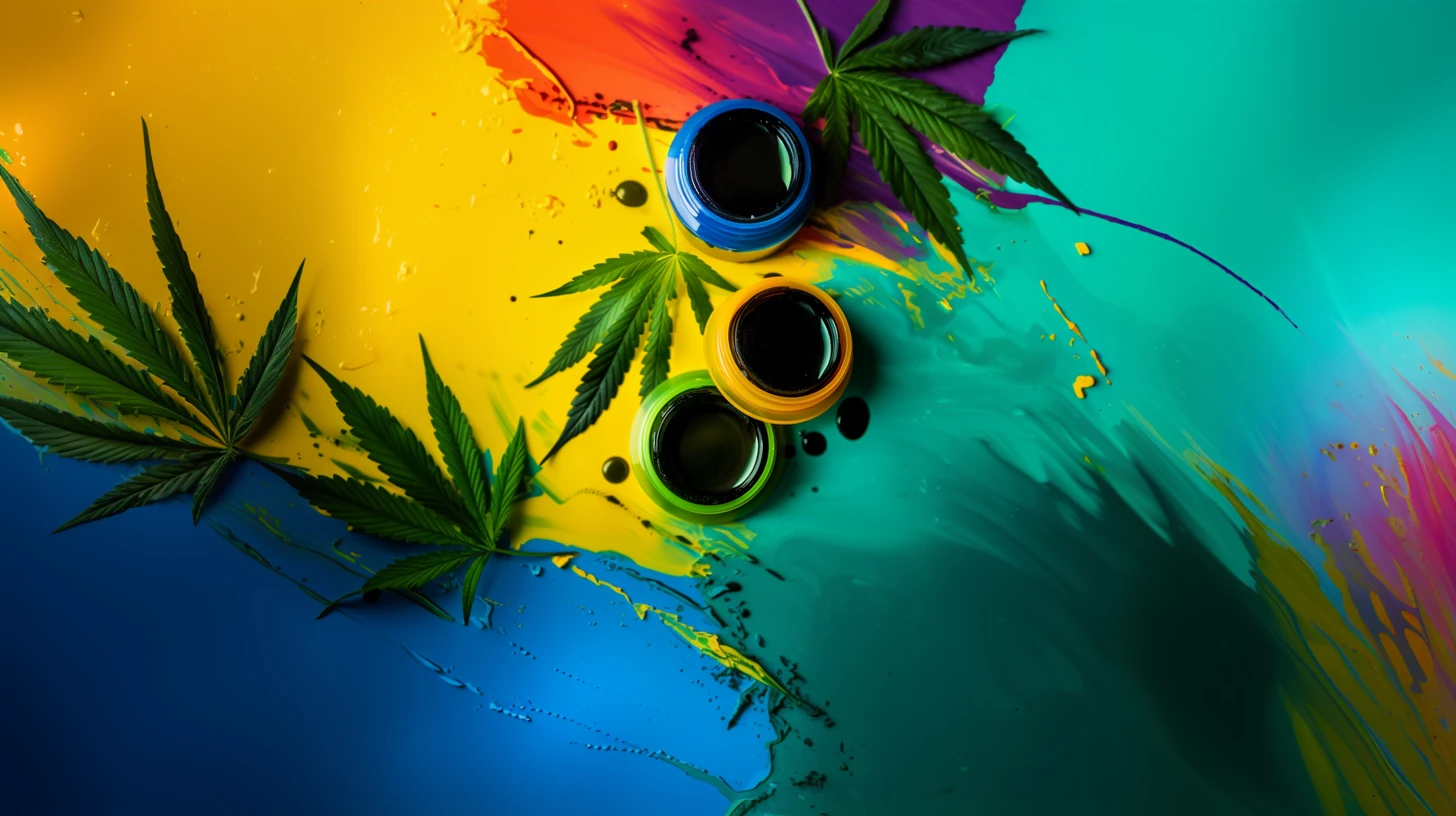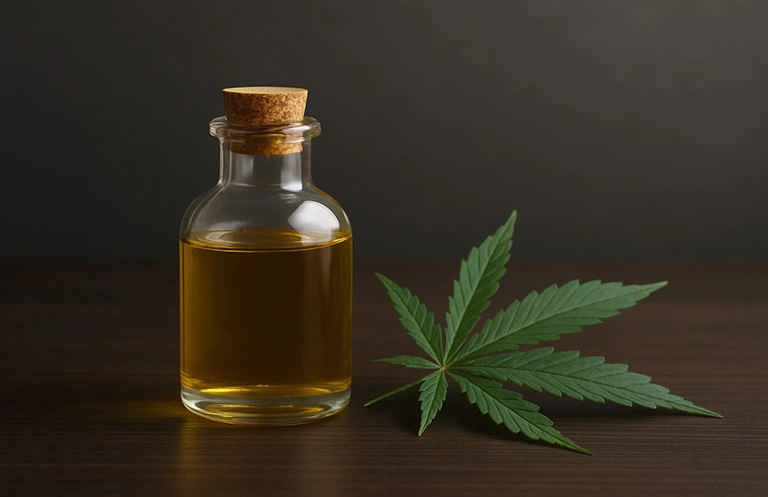Rick Simpson Oil (RSO) is a full-spectrum cannabis extract with a long-standing reputation in the DIY cannabis community. It’s thick, sticky, and potent — made to deliver cannabinoids in concentrated form for therapeutic purposes.
This guide covers what RSO is, how people use it, how Rick Simpson created it, and how to make it at home safely — whether you’re using traditional tools or the POT by NOIDS Herb Cooker.
What Exactly Is RSO?
RSO is a cannabis concentrate extracted with high-proof alcohol. The alcohol dissolves the resinous trichomes on cannabis flowers, pulling out THC, CBD, terpenes, and other plant compounds. Once the alcohol is gently evaporated, you’re left with a dark, tar-like oil — potent and full-spectrum.
A grain-of-rice-sized drop is the standard dose, usually applied under the tongue, on the gums, or directly to the skin.
Why Do People Use RSO?
RSO is primarily used for therapeutic or supportive purposes, though it is not a medical treatment and hasn’t been approved as one. Users often cite benefits for:
- Cancer support (especially basal cell carcinoma and leukemia)
- Chronic pain and arthritis
- Multiple sclerosis (MS)
- Spasms and seizures
For context on how cannabinoids interact in the body, read: How Cannabis Interacts with Your Body (If You Don’t Smoke)
Who Is Rick Simpson?
Rick Simpson is a Canadian engineer who began using cannabis after a head injury left him with tinnitus and dizziness. In 2003, after a skin cancer diagnosis, Simpson claims he applied homemade cannabis oil directly to his tumors — and saw them disappear within days.
He documented his methods, launched the Phoenix Tears website, and began advocating for whole-plant cannabis extracts globally.
How to Make RSO at Home
⚠️ Safety First
Avoid solvents like naphtha, ether, or isopropyl alcohol. These are toxic and not safe for homemade extracts. Always use 190-proof food-grade ethanol (like Everclear) and avoid open flames.
Want to learn about infusion options instead? Check: Welches Öl oder welche Butter sollte ich für meine Canna-Infusionen verwenden?
Method 1: With the POT by NOIDS (Recommended)
You’ll Need:
- POT Herb Cooker
- Cannabis flower or trim
- 190-proof ethanol
- Collection glass or jar
Steps:
- Grind flower to a medium consistency.
- Decarb using the POT’s THC or CBD setting.
- Infuse: Add ethanol and let sit 3–5 hours, stirring occasionally.
- Filter using the POT’s pipette.
- Evaporate: Return the ethanol to the POT, attach condenser, and use Evap Mode.
- Collect ethanol in a separate glass — POT recovers ~95% for reuse.
- Scrape out the finished RSO once cooled.
For full guidance on decarboxylation, see: How to Decarboxylate Cannabis with the POT by NOIDS
Method 2: Manual Stovetop
You’ll Need:
- Cannabis flower or trim
- Baking tray
- Glass or ceramic container
- 190-proof ethanol
- Sieve or cheesecloth
- Dutch oven or thick-bottomed saucepan
- Electric stove only (no flame!)
Steps:
- Decarb flower in oven at 115°C for 30–45 minutes.
- Soak in ethanol 3–5 hours, stirring twice.
- Strain out plant material.
- Heat the ethanol mixture gently on low heat.
- Evaporate until thick, sticky RSO remains.
⚠️ Never use gas stoves — ethanol vapors are extremely flammable.
How to Use RSO
- Sublingually: Grain-of-rice-sized dose under the tongue or on gums
- Topically: Applied directly to skin (e.g., for localized issues)
- Not for smoking or vaping: It’s far too viscous and messy
Risks & Safety
- ✅ Only use food-grade ethanol
- ✅ Never heat with open flame
- ✅ Store in a cool, dark place
- ✅ Start with very low doses — RSO is extremely concentrated
Want to compare RSO with similar extracts? Read: Gibt es Öl in RSO und FECO?
Is It Worth Making?
If you’re looking for a potent, full-spectrum, and solvent-free cannabis extract you can trust, RSO is absolutely worth making — especially with modern tools like the POT by NOIDS.
No flames. No guesswork. Just precision extraction with minimal risk.
Curious how it compares to other forms of cooking? See: Cooking With Cannabis: Is It Worth It?










